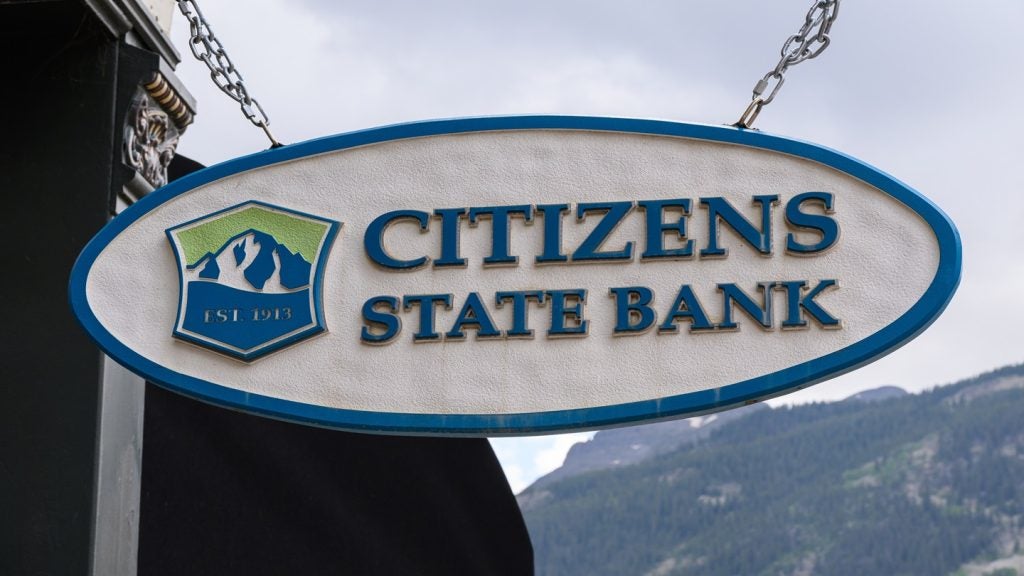
PNC Bank has unveiled plans to spend another $500m to set up more than 100 new branches and renovate 200 existing ones across the US.
This expansion will double the number of planned new branches to more than 200 in 12 cities within the next five years, with a total investment of around $1.5bn.
The initiative also includes the renovation of 1,400 branches during the same period.
As announced earlier, new branches will be
PNC Bank will now extend its network to Atlanta, Charlotte, Orlando, Phoenix, Raleigh, and Tampa.
Moreover, it plans to increase the number of branches in Miami.

US Tariffs are shifting - will you react or anticipate?
Don’t let policy changes catch you off guard. Stay proactive with real-time data and expert analysis.
By GlobalDataThis builds on the bank’s earlier plans to establish new branches in Austin, Dallas, Denver, Houston, Miami, and San Antonio.
PNC Bank retail banking head Alex Overstrom said: “We fully understand that our branches play a crucial role in how we provide solutions and financial advice to the millions of clients that walk through our doors each month.
“Building on the scale of our current platform, today’s announcement further underscores our commitment to continuously invest in our branch network and empower our clients with convenient, in-person access to local financial experts.”
Said to be fourth largest branch network in the US, PNC Bank operates over 2,200 branches nationwide.
The bank also offers services through more than 60,000 PNC and partner ATMs, as well as online and mobile banking platforms and a customer care centre.
Additionally, PNC has 22 mobile branches that collaborate with community organisations to enhance banking access in low-to-moderate income areas and support regions affected by natural disasters.







